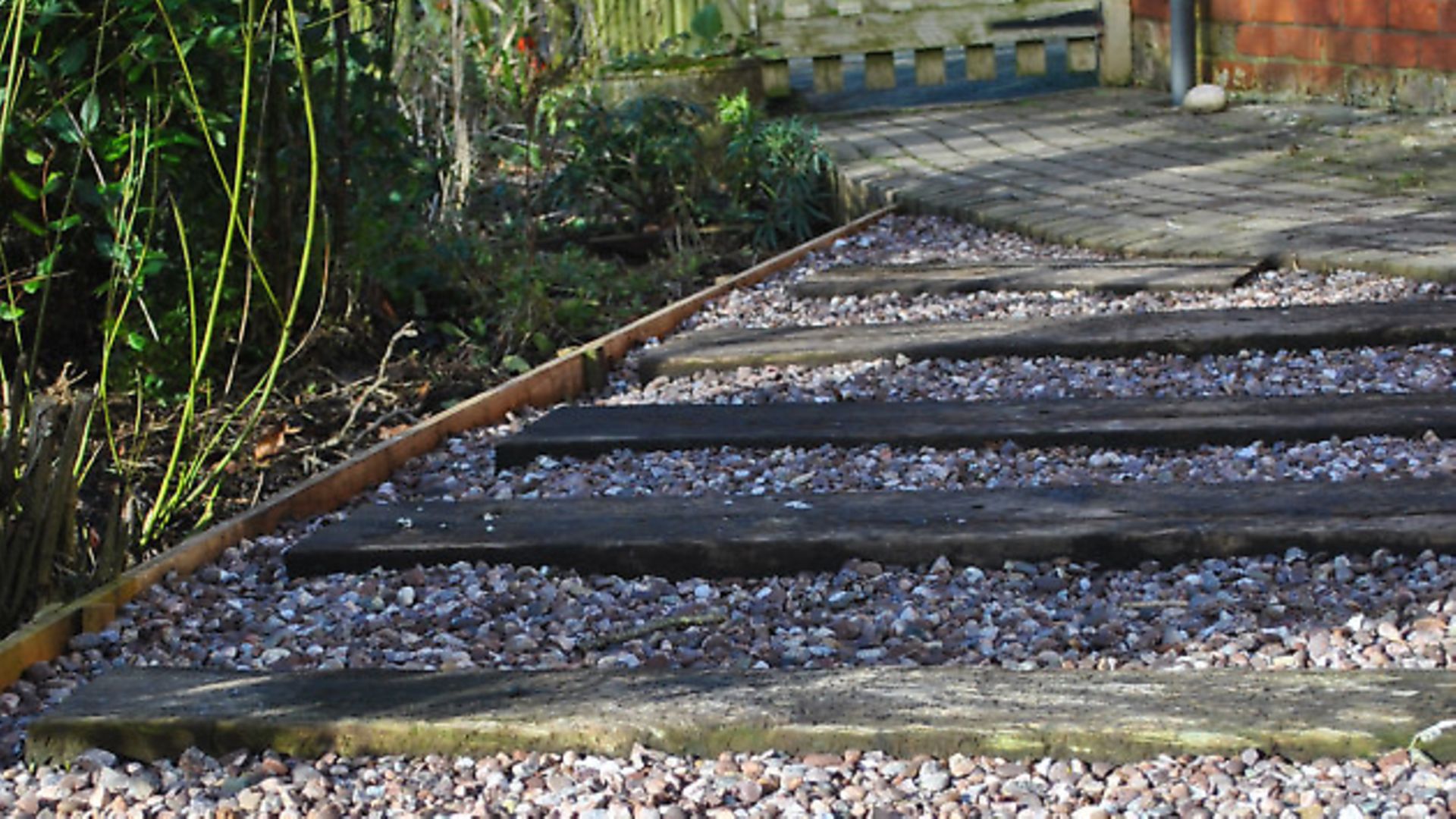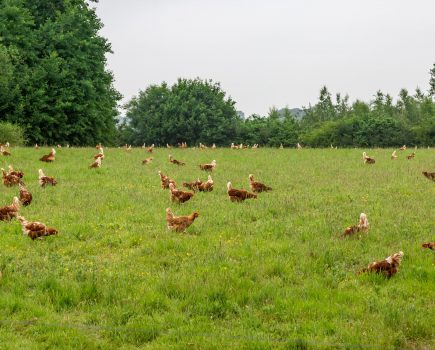What do you use your garden for? This is a key consideration if you have chickens

Having taken a look at some the breeds that suit a garden environment and identified some of the ones that don’t mix well with plants, along giving some thought to the density of stock that your outdoor space can cope with, the next step is to consider what you currently use your garden for. Remember, by you adding chickens to your garden you are bringing in another factor that will impact the balance of the ecosystem that exists, but it is one which is under your direct management and control, so it’s up to you govern the influence they will have.
You might have a productive edible garden and, if that’s the case, then you need to consider which areas your chickens range in according to what is growing there. Kitchen gardeners already apply a certain amount of ‘organisation’ in the way in which they manage their plot with roots being grown in one location, brassicas in another, and others such as peas, beans, onions, lettuce etc being somewhere else. Cane fruits may also be separate from fruiting trees and shrubs and you may even have an area that works as a mini orchard. All of these areas can be used by your chickens, but not all year round. Immature roots can easily be excavated by chickens just by scratching around; mature root crops, however, easily survive their attentions. Brassica beds should only be used by chickens prior to sowing or planting out your crops or once you have finished cropping, as the tender green growth that we produce the plants for is as popular with chickens as it is with us. The same can be said of the beds containing the ‘others’, ranging prior to and/or after cropping is best.
In terms of the fruit areas, those on canes can be used by your birds once the canes are well on the way with spring growth; any sooner and the chickens could check the growth of the cane. Be aware, though, that any fruit around chicken height or below will get eaten while the rest of the plant should still provide plenty for the kitchen. The area where the fruiting trees and shrubs are grown is best used by the chickens after the harvest when they will pick over any windfall or dropped fruits, as well as cleaning the bugs from the plants themselves.
In this sort of kitchen garden, managing the access that your chickens have may mean that centrally locating the chicken coop is the best option as you could provide a route to each area via a number of gateways or exits from the coop. If however you are more of a flower gardener, or have a family garden then putting the coop a little more out of sight might be the preferred option. Ultimately, getting the location right in the design stages, no matter what you use the garden for, is essential.
The next essential element is the pathways. These hard landscaping aspects are often overlooked or given insufficient thought when mapping out the way you want your garden to look, but given they are the main route by which you and, interestingly enough your chickens, will get around then it’s worth getting them right. Aside from them being in the right location and being of an adequate width in proportion with the rest of the garden, the next main consideration is what they are made of.
Taking into consideration that a chicken’s interaction with a path – other than walking on it – will be to either to scratch it or poo on it, then making sure you have the right substrate in place will make all the difference.
Woodchip and, in particular, ornamental bark, whilst cheap, is the least desirable. Not only will the chickens scratch it all out on to surrounding beds in no time at all, it is also prone to rapidly break down and compost (particularly in the presence of the chicken poo) which in turn can result in mould and fungal growth. These in turn will fruit and produce spores which, if inhaled in quantity by your chickens, can lead to respiratory problems.
Next, in terms of least favoured, is grass. If your stock density is very low then grass paths can work well and especially if they are kept short and bordered by areas of longer grass. The chickens will scratch and pick over the path, keeping weed seeds and moss at bay, but will forage in the longer grass where insects will be in more abundance. Stock too high and the paths will soon become barren, or worse still, muddy.
Decking or wooden pathways obviously remove any problems of scratching damage or displacement, but when it comes to chicken poo it can become embedded in the wood or create a slip hazard (aside from looking unsightly) so can prove to be a little higher maintenance.
An improvement would be a solid surface such as concrete or block paving for example. These should be textured to remove the slip hazard and can be easily washed down in the event of too much mess; they aren’t, however, to everyone’s taste and so the alternative (and one which I use) is large particle sized gravel. The chickens do scratch over the gravel but it tends to be too large for any significant displacement. They also pick out any weed seeds that may appear and their poo tends to be washed away by the rain, meaning that something that might look high maintenance is in actual fact not so when you have a bit of chicken help at hand.
Ultimately you will want the fabric of your pathways to suit the function and overall design of your garden, but it is important to spare some thought as to how your egg laying garden users will be respond to it in order to get the balance right.
Image(s) provided by:
Archant







